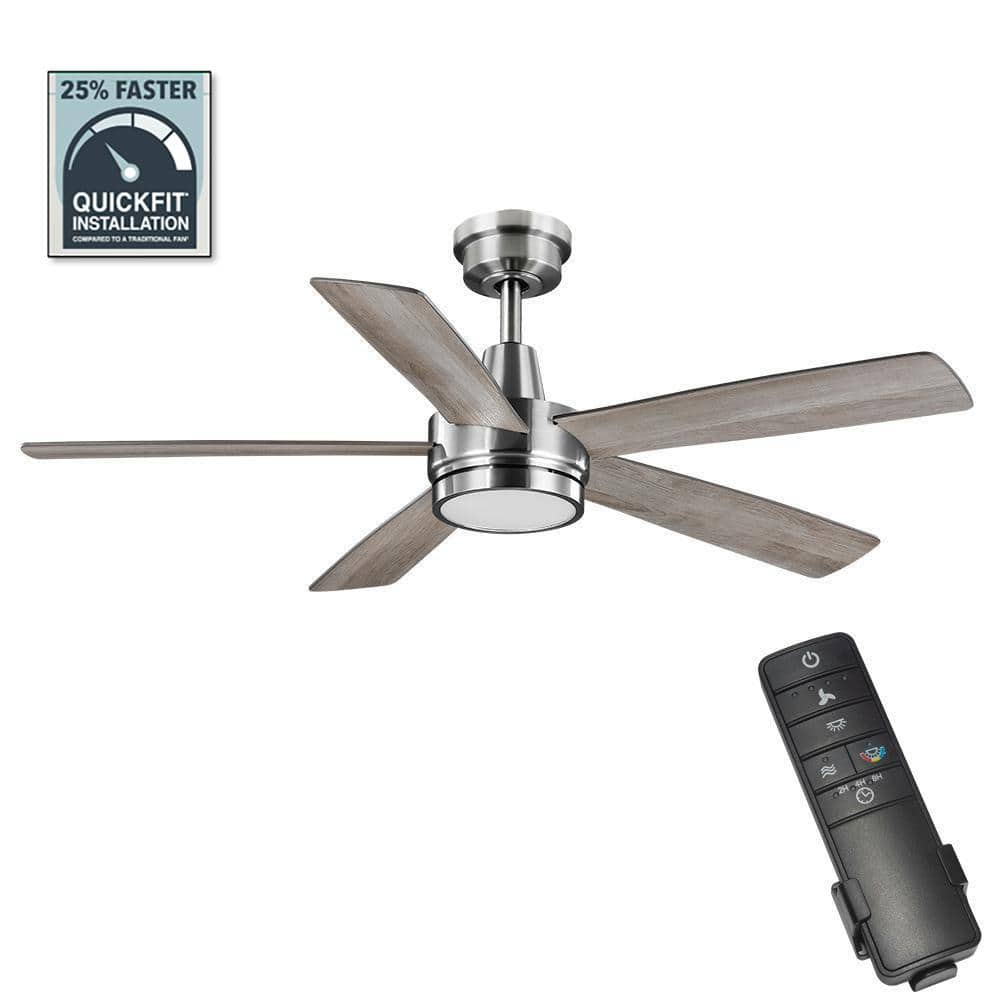Night Owl Bluetooth 4 Channel 4K Wired DVR, 4 Wired Light Cameras & 1TB HDD
Night Owl® is excited to offer our U.S. designed and engineered 4K UHD Bluetooth® Digital Video Recorder with Wired 4K UHD Spotlight Cameras and Pre-Installed Hard Drive. With Secure App-Based Bluetooth® Setup, there is no need to connect a TV or monitor for setup or viewing (optional).
Night Owl® is excited to offer our U.S. designed and engineered 4K UHD Bluetooth® Digital Video Recorder with Wired 4K UHD Spotlight Cameras and Pre-Installed Hard Drive. With Secure App-Based Bluetooth® Setup, there is no need to connect a TV or monitor for setup or viewing (optional). You can easily configure your system right from the app on your smartphone or tablet with the Bluetooth® connection. While a TV or monitor is not required, with Google Assistant you can use simple voice commands to stream camera footage directly to your TV or monitor, all while remaining hands free. Human Detection Technology and Facial Capture Alerts reduce the risk of false alarms, keeping you safe and well protected. Facial Capture lets you see who is on your property by snapping a photo and sending the image to your Smart Device. Motion-activated spotlights flood your yard with bright lights when human motion is detected, instantly warding off trespassers. Our security system uses a wired connection for uninterrupted viewing with no delays. Our app gives you control of your system and easy access to your recordings, regardless of where you are. Night Owl® never charges fees for storage or access to your videos. All recordings are securely stored on a pre-installed hard drive for convenience. You can view and download the recordings as you need them. This system provides the latest technology to give you the ultimate security experience. NOTE: The DVR is compatible with our DP2 and DP8 Series wired BNC cameras and our WNIP2 and WNIP8 Series Wi-Fi IP devices, but is not backward compatible with other Night Owl® products.
- Designed and Engineered in the USA: All Night Owl® products are proudly designed and engineered in the United States.
- Secure App-Based Bluetooth® Setup: Set up and control the system right from the app on your Smart Device via a secure Bluetooth® wireless connection. Our app and your system are password protected to shield your data. No TV or monitor is required.
- We Prioritize your Privacy: We value your privacy as much as you do. Your recordings and data are for your eyes only and are kept secure on the pre-installed hard drive. Additionally, with 2-Step Verification and Single Sign-On we protect your information while making access convenient.
- Secure Wired Connection: Your security camera feed and personal data are securely stored on the hard drive and your system is not reliant on cloud storage. You control who has access to your system.
- Built-In Spotlights: Powerfully bright motion-activated spotlights put intruders on notice.
- Human Detection Technology with Facial Capture: Instantly be alerted with Human Detection and Facial Capture Alerts right to your smartphone or tablet.
- No Monthly Fees: All recordings are stored locally on the pre-installed hard drive (size varies by model) to safeguard your privacy. No hidden costs or subscription fees.
- Free Night Owl® Mobile App: Monitor and manage your security system in real-time from your mobile device.
- Add up to 4 Wi-Fi Devices: Instantly expand your coverage by adding up to 4 compatible Night Owl® Wi-Fi devices.
Additional information
| Manufacturer Part Number | WMBF-8BTD1L-44 |
|---|---|
| Assembled Product Weight | 10.36 lb |
| Assembled Product Dimensions (L x W x H) | 8.40 x 11.70 x 10.75 Inches |






by Lorena
I’m very pleased with this product, will definitely be adding more cameras.
by Mary
Make sure you know what you are buying before placing your order,
by Lizzy
I bought two sets of cameras and are working very well.
by Angel
I bought like a month ago love it recumbent to everyone.
by Steve
The cameras are working very well. The image for the night vision is clear and sharp. Setup and installation are both very easy. Compatible with my DP2 that I purchased 1 year ago.
by Chris
Great security camera system. Highly recommend it. Way better than what I had previously.